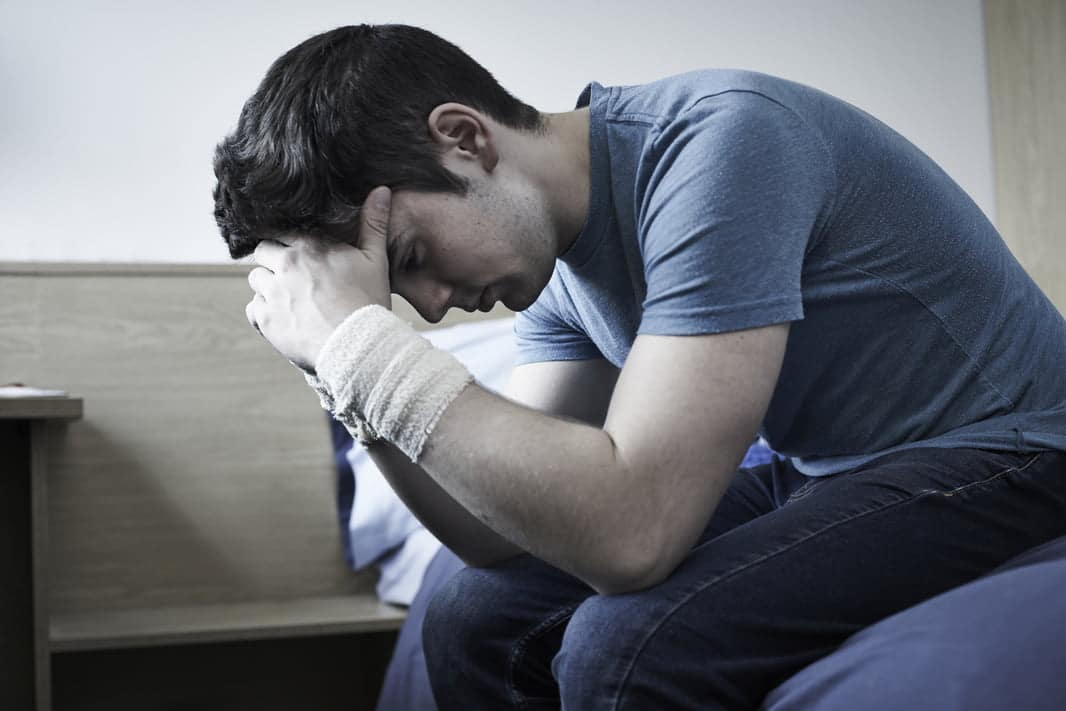A rapid evidence assessment
Following up its rapid evidence assessment by Professor James McGuire into our understanding of prison violence, HMPPS has published a further REA into Self-harm by adult men in prison.
Authored by Laura Pope, this REA was obviously commissioned to help address the alarming surge in self-harm in prison over recent years.
The REA addressed two straightforward questions:
- Why do adult men in prison self-harm?
- What works to reduce and/or manage self-harm among adult men in prison?
The REA is based on 14 studies, its findings are set out below.
Risk factors
There are a number of empirically supported risk factors for men who self-harm in prison but there is very little evidence on protective factors and limited research exploring the relationships between risk and protective factors. These include the following.
Socio-demographic factors
- Age – younger men have a higher rate of self-harm than older men in prison, but older men (30+) who self-harm tend to do so in ways that result in more serious injury
- Ethnicity – self-harm rates are higher among white men
- Educational background – increased risk of self-harm among those lacking in formal education
- Relationship status – increased risk of self-harm among those who are single and/or have experienced a recent breakdown of relationship
- Accommodation – increased risk of self-harm among those who have no fixed abode
Custodial/prison-related factors
- People are at increased risk of self-harm in their early days in prison
- There are higher rates of self-harm in prisoners who are on remand or unsentenced and those serving a life sentence
- Higher rates of self-harm are seen in local prisons, high security prisons, and Young Offender Institutes
- There are higher rates of self-harm in prisoners who have a high number of disciplinary infractions
Psychological/psychiatric factors
- History of self-harm – having a history of self-harm is a good predictor of future self-harming behaviour both prior to and in custody
- Depression/hopelessness
- Borderline personality disorder (BPD)
- Substance misuse
Lessons from the evidence base
There is emerging evidence to support the separation of non-suicidal self-harm from suicide attempts/suicidal behaviours. Evidence suggests differences in lethality/severity and method, as well as intent should be considered in distinguishing and managing the risk and function of these behaviours.
There is evidence to support the notion that self-harm is a form of coping with emotional distress or as a result of emotional dysregulation (the inability of a person to control or regulate their emotional responses to internal and external stimuli) for male prisoners. One area signposted by the review which warrants further exploration is the role of rumination (the process of reflection and brooding which focuses on negative feelings or emotions) – both type and content – and its relationship to self-harm in custody.
Evidence suggests there is a potential link between self-harm and violence /aggression. Further research is needed to fully explore the links.
There is an absence of research on effective forms of treatment for men who self-harm in prison. The strongest evidence showing a reduction in self-harming behaviour comes from Dialectical Behaviour Therapy developed for (female) patients with BPD. Treatment is directed at developing emotion regulation skills for coping with situations that trigger self-harm. It is recommended that future research is undertaken to develop and test an intervention strategy suitable for male prisoners.
Recommendations
Poor staff knowledge and attitudes play a role in influencing self-harm. Evidence suggests that some staff have attitudes largely negative towards prisoners that self-harm, based on the perceived functions of the behaviour. A lack of knowledge leaves some staff feeling ill-equipped to deal with self-harm, further endorsing negative myths about the behaviour.
Good relationships between staff, and between staff and prisoners are important. Conflicts in responsibility over care planning and poor communication can leave both staff and prisoners feeling unsupported. The wider prison management system has an important role to encourage joint working and support and assist staff and prisoners dealing with self-harm. It is recommended that these problems could be addressed through staff training/peer support/safer custody leads/the ACCT process and a range of information sharing strategies.








